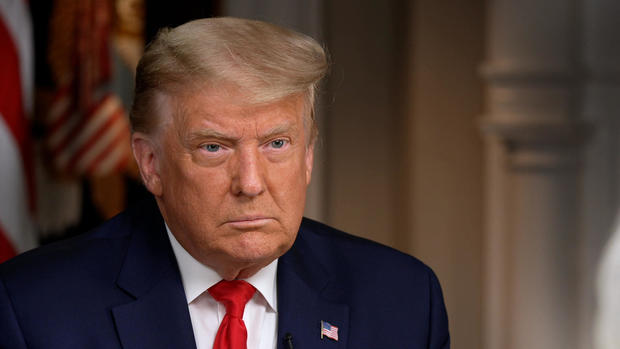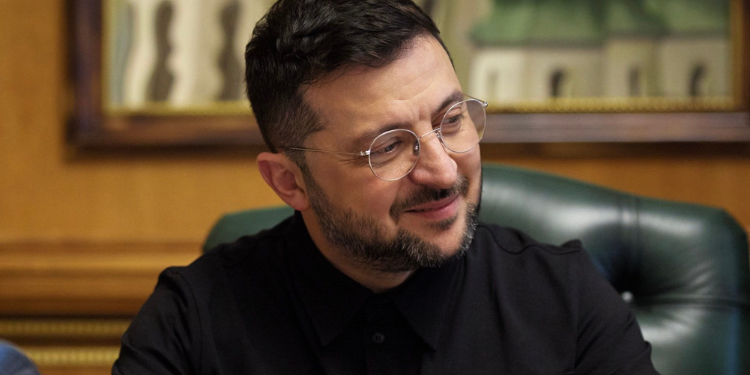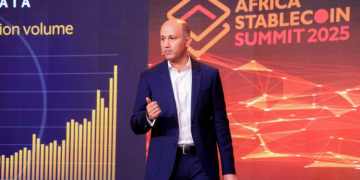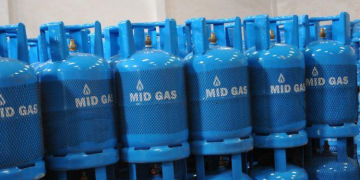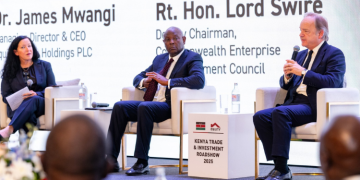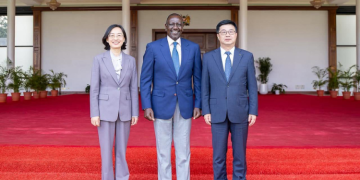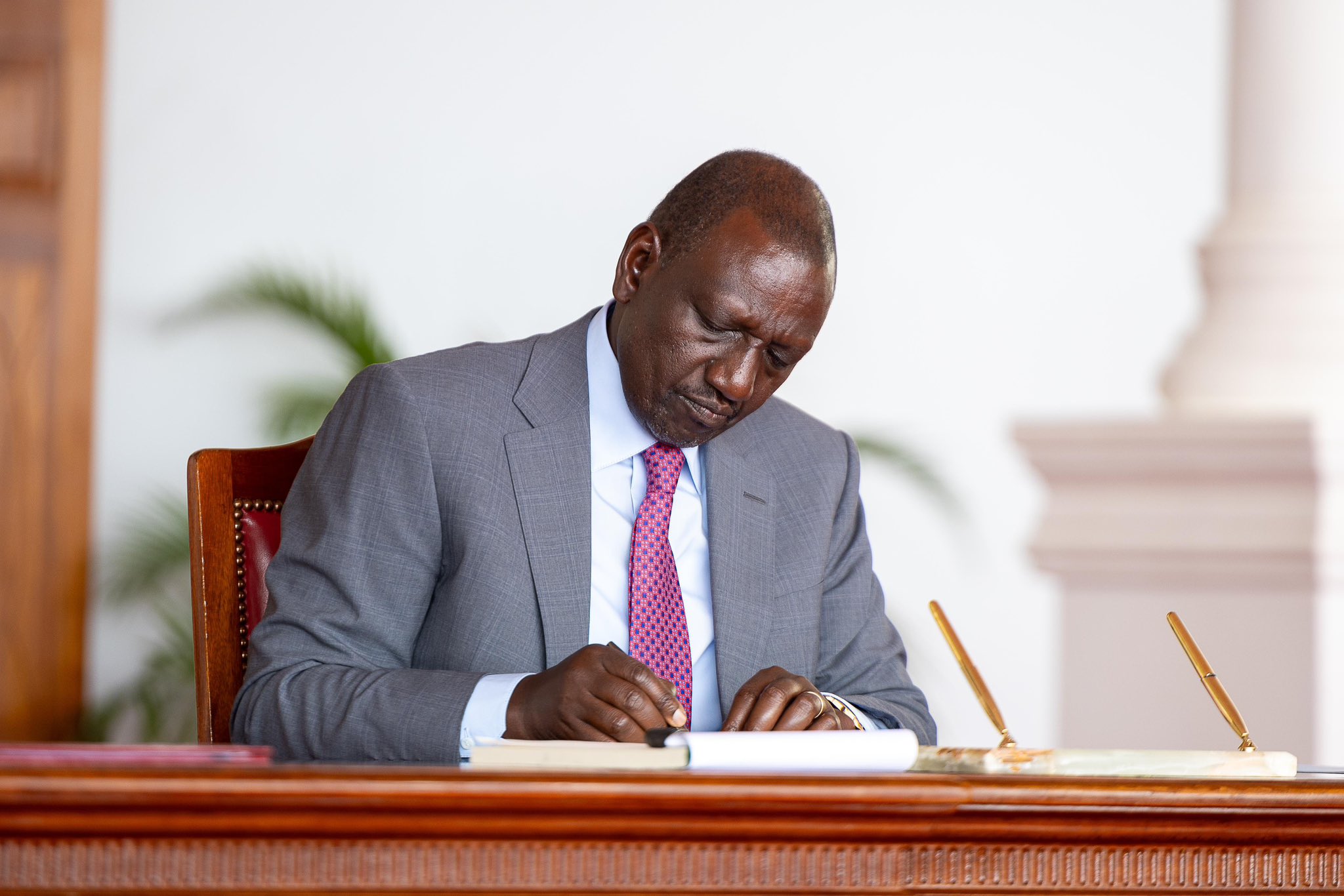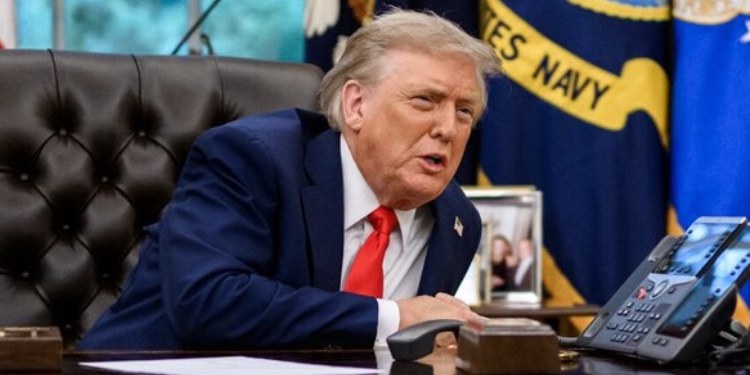With President Donald Trump slapping tariffs on the US’s trading partners, experts around the world expect their home countries to react with “considerable” tariffs on imports by the end of the year, according to a new survey of economists.
The survey of 1,340 economic experts from 121 countries, carried out by Germany’s Ifo Institute, also found that economists expect consumers in these countries to bear the brunt of the additional costs of imported goods. However, they don’t expect the tariffs to have a large impact on inflation in the long term.
The highest tariff expectations come from economists in Africa, particularly in Middle Africa, who expect, on average, tariffs of 30% on imported goods. Economists in North and Eastern Africa also expect fairly high tariffs, averaging 20%.
In South Asia, they expect tariffs at an average of 21%, while in East and Southeast Asia, the expectations are more mixed, with an average of 11%. The lowest expectations for tariffs are in Western Europe (10%) and Oceania (7%).
All these numbers are higher than what the surveyed economists would like to see. On average, they recommend tariff rates of no more than 11%, though the numbers vary widely from region to region.
Donald Trump’s trade policy is keeping the world on tenterhooks,” the Ifo Institute’s Economic Experts Survey stated in its preamble.
The protectionist US trade policies stand in stark contrast to the free trade policies that have been practiced worldwide in recent decades. They are also in contrast to essential economic knowledge that free trade increases welfare.
How Consumers Will Pay
Most worryingly for consumers is the expectation that they will be paying the majority of these tariffs through increased prices.
On average, the economists expect that domestic consumers will pay 54.3% of the cost of the tariffs, while the rest will be covered by foreign producers (21.4%) and domestic producers (21.1%).
Trump Tariff War
Since the start of the year, the Trump administration has announced, and then sometimes rolled back, numerous tariff plans on its major trading partners, including China, Mexico, Canada, and the European Union.
The US and China briefly engaged in a trade war earlier this year, with US tariffs on China spiking to as high as 145% while Chinese tariffs on the US went as high as 125%. However, those tariff rates were rolled back, and the US and China are now in talks on a new trade relationship.
Many countries continue to see elevated tariff levels from the US, including India, whose trade with the US is tariffed at 25%, and that could go to 50% before the end of August.
In July, the US slapped 30% tariffs on the European Union, but those were reduced to 15% under a deal struck by the Trump administration and the European Commission.
Despite the chaotic rollout of tariffs by the US and retaliation by other countries, the economists surveyed by Ifo don’t expect a major spike in inflation as a result.
Also Read: How Trump Plans to Use Kenyan Workers for Refugee Mission in South Africa
Impact on Inflation
However, inflation expectations had previously been coming down as the world moved past a major spike in prices several years ago, but now those expectations have “stagnated at a relatively high level,” the Ifo Institute said.
On average, economists expect inflation globally to come in at 4.0% for 2025, which is the same level as in the previous survey carried out in the first quarter of the year, and the same level as in the survey a year ago.
Notably, inflation expectations vary widely from region to region, with the highest inflation expected among economists in North Africa, who expect inflation of 40.8% on average.
Also Read: New Trump Tariffs: Early Modelling Shows Most Economies Lose – the US More Than Many
High inflation is also expected in Eastern Africa (22.9%), Middle Africa (14.8%), and Western Africa (7.8%).
In Asia, inflation expectations range from a high of 11.3% in Central Asia to a low of 4.3% in East Asia, with South Asia coming in at 10.7%.
Europe is expected to have the lowest inflation, with Northern Europe at 2.7%-3.1%, Southern Europe at 3.2%, and Eastern Europe at 7.6% on average. South America is forecast to have 9.8% inflation on average, while North America is seen coming in at 2.7%.
Follow our WhatsApp Channel and X Account for real-time news updates.







